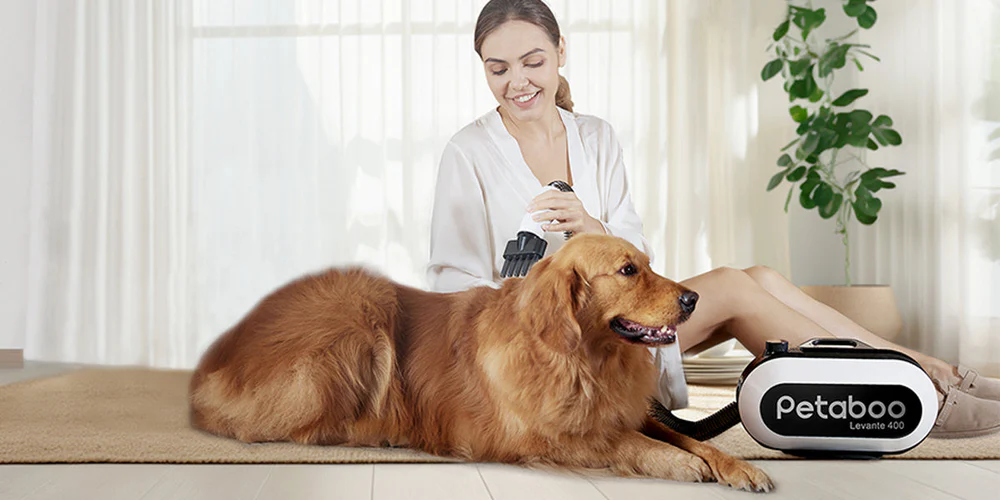Bath time can be a bonding moment between a dog and their human—but what happens afterward is just as important, and often overlooked. Many dog owners assume that a quick towel rub or air-drying is enough. In reality, how you dry your dog post-bath can make a massive difference in their comfort, health, and even their behavior.
In this article, we’ll explore why proper drying is crucial, the hidden risks of inadequate drying, and how a simple shift in your post-bath routine can make your dog happier—and your life easier.
Wet Fur Isn’t Just Uncomfortable—It Can Be Unhealthy
For humans, being a little damp after a shower might feel annoying. But for dogs, wet fur can be more than just a nuisance—it can be harmful. Moisture trapped close to the skin creates a breeding ground for bacteria, especially in breeds with thick or double coats.
Left unchecked, this can lead to skin irritation, hotspots, or even fungal infections. If your dog tends to scratch or lick excessively after a bath, improper drying might be the reason. Even short-haired breeds are not exempt, as trapped moisture near folds or in crevices like armpits and behind ears can still cause issues.
Why Towel-Drying Isn’t Always Enough
Many pet owners rely on a thick towel and some elbow grease to dry their dogs. While this works for removing surface water, it’s rarely effective at reaching the undercoat. Toweling can also tangle fur, especially in longer-haired breeds, leading to mats and knots that are painful to remove.
On colder days, insufficient drying can cause your dog to become chilled—even indoors—which may lead to stress or sickness. Dogs can’t tell you they’re cold or uncomfortable, but you might notice them hiding, shaking, or becoming unusually lethargic. These are subtle signs that your drying routine might need an upgrade.
How Drying Affects Your Dog’s Mood and Behavior
A dog that’s fully dried after a bath is a more relaxed, happier dog. Think about how you feel stepping out of the shower and wrapping up in a warm towel. Now imagine if you had to air-dry instead—cold, damp, and exposed.
Dogs may become anxious or hyperactive when not properly dried, leading to zoomies, excessive rubbing on furniture, or restlessness. These aren’t just quirky behaviors—they can signal discomfort. A proper drying routine, especially one that’s calm and thorough, helps your dog associate bath time with comfort instead of stress.
Finding a Drying Method That Works for You (and Your Dog)
The ideal drying method depends on your dog’s coat type, size, and tolerance. Some dogs enjoy the gentle hum of a drying device, while others need a slower introduction. Whatever your approach, the goal is to make sure their skin and coat are completely dry—not just on the surface.
This is where a tool like the Petaboo ペット ドライヤー can make a real difference. Designed to be quieter and more pet-friendly than traditional hair dryers, it allows for a hands-free, even drying experience without the noise or heat that stresses many dogs.
Final Thoughts: Comfort Is Care
Bathing your dog is an act of love, but it doesn’t stop when the water drains. Ensuring your pet is completely dry is part of providing real care. It prevents health issues, reduces stress, and can even strengthen the bond you share.
Next time bath day rolls around, take a moment to focus on drying—not just as a final step, but as an essential part of your dog’s wellness. Because a dry dog is a comfortable dog—and a comfortable dog is a happy one.

